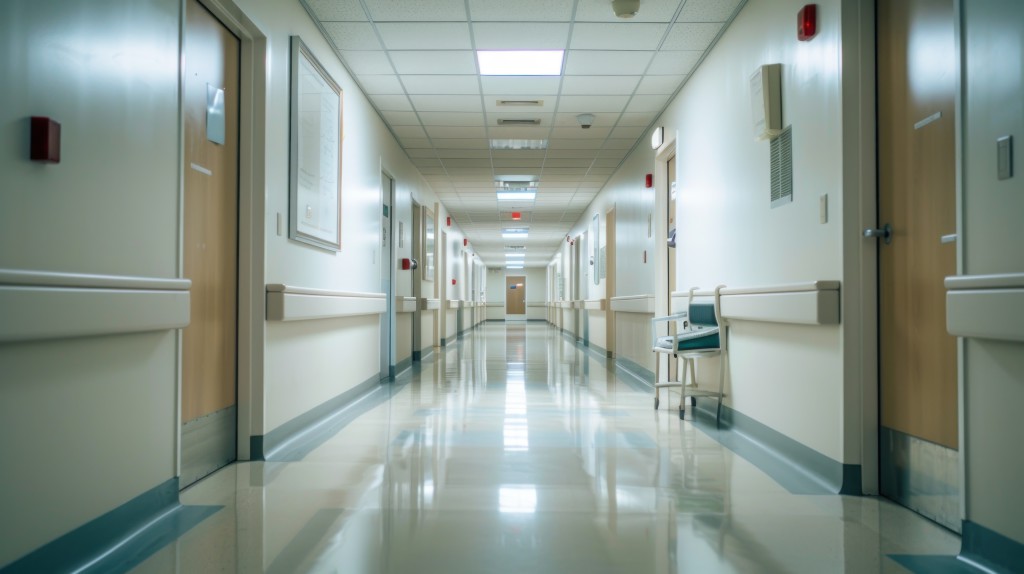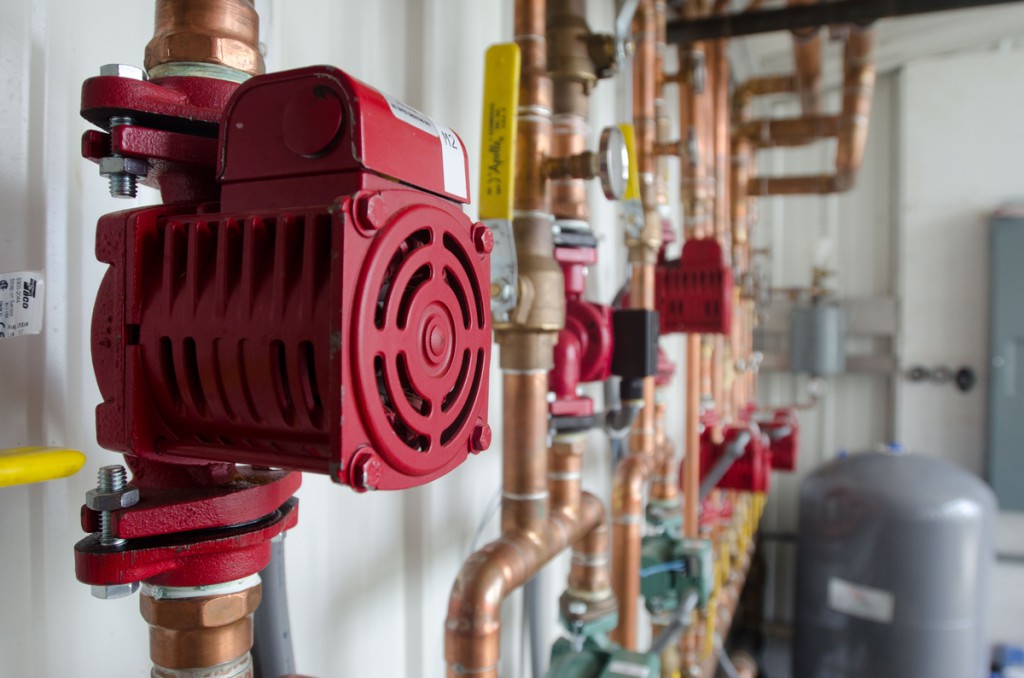Maintenance in the healthcare sector is about more than mechanics

Gary Stimson from Guardian Water Treatment, a Marlowe Environmental Services Group company, discusses the impact of bacteria on HVAC operations in the healthcare environment – a risk usually associated with vulnerable occupants.
HVAC is essential for comfortable and healthy conditions in hospitals and care homes. To ensure efficiency and operational certainty, the water systems supporting this climate control must be kept in the best condition and free of the pathogens that can also pose a risk to humans. Internal corrosion in closed-loop systems, caused by bacterial proliferation and/or oxygen ingress is a hidden but serious threat to performance.
The problems you can’t see
While bacteria is unlikely to escape closed-loop systems and affect people directly, it can:
• Form biofilms inside pipework which trigger or accelerate corrosion
• Reduce system efficiency
• Increase energy consumption
• Lead to equipment failures and unplanned downtime
These outcomes aren’t just expensive, they can compromise essential heating or cooling
functions in resident spaces, which are particularly sensitive to temperature fluctuations. In the healthcare setting, any interruption to climate control directly affects comfort and safety, especially for patients with chronic conditions.
Why reactive maintenance falls short Corrosion in closed systems often develops without obvious symptoms. Traditional maintenance methods rely heavily on scheduled checks or reactive repairs once issues become visible. This approach is not fit for purpose in critical care settings, where the cost of disruption is high and failure can escalate quickly.
A recent National Audit Office (NAO) report revealed a staggering £49 billion maintenance backlog across public sector buildings, with infrastructure failure linked to over 5,400 healthcare-related service incidents each year. These findings are a stark reminder of the risks associated with deferring proactive maintenance.
A smarter, predictive approach
Modern monitoring technologies now allow building operators to detect the early signs of corrosion and bacterial activity. Rather than relying on periodic water sampling, which can miss transient or localised issues like dissolved oxygen, real-time remote sensors provide continuous oversight.
Key parameters that can be tracked include:
Dissolved oxygen – a key driver of both microbial activity and metal corrosion
pH – indicating chemical balance and potential for scale or corrosion
Pressure and temperature – highlighting changes that might suggest leaks or flow issues

Galvanic currents – revealing electrochemical activity between dissimilar metals
These readings offer engineers and facilities managers a detailed picture of system health. This data enables swift action before problems escalate, cutting both operational and environmental costs and preventing prolonged downtimes. Design and maintenance: getting it right from day one Good system performance starts with good system design.
Key prevention strategies include:
• Eliminating dead legs – sections with little or no flow allow water to stagnate, promoting bacterial growth
• Maintaining flow velocity – keeps debris moving and prevents sediment accumulation
• Pre-commission cleaning – removes residues and contaminants that could act as a food source for bacteria
• Ongoing data-informed maintenance – adjust service activity based on real system needs rather than arbitrary schedules
These actions, when implemented early and consistently, create a healthier system environment that resists corrosion and maintains performance over time.
Fewer site visits, greater efficiency
Remote monitoring also brings practical and environmental benefits. Checking a system from afar can lead to reduced site visits, minimising travel and disruption to patients and healthcare professionals. This approach can also lead to improved sustainability credentials, by reducing the need for flushing and preventing major repairs and breakdown, extending asset life.
This not only helps meet environmental targets but also supports more streamlined operations, reducing pressure on stretched engineering resources.
Prediction is better than cure
Despite the availability of these technologies, predictive maintenance is still not standard practice across the care sector, especially in underfunded, public sector-run homes. The consequence? Increased running costs, more frequent system failures and shorter plant lifespans.
As the NAO report highlights, HVAC failure in these facilities can have serious consequences, compromising service and even preventing people from receiving critical operations, making the move from reactive to predictive maintenance about much more than mechanics.
By addressing the hidden conditions that facilitate corrosion and bacterial growth, the healthcare sector can improve operational resilience, reduce costs and safeguard the comfort and safety of those who rely on them most.







